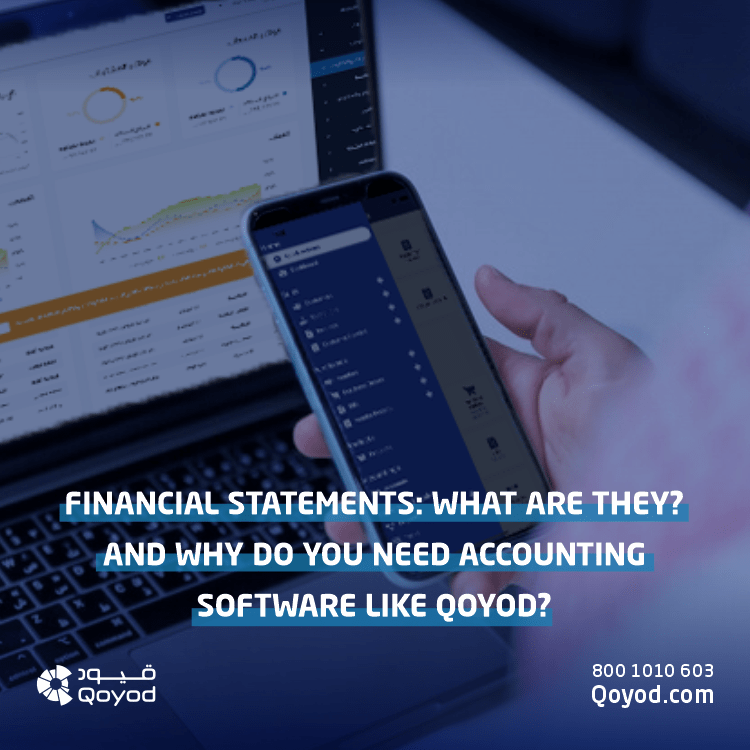Financial statements are written records that show the business activities and financial performance of companies.
They are often audited by government agencies, accountants, and companies to ensure accuracy and for purposes related to tax, finance, or investment purposes.
The three most important types of financial statements are: income statement, balance sheet, and cash flow statement.
These three basic lists are intricately related to each other, so in this article we’ll explain how they all fit together.
By following these steps, you’ll be able to link these three lists yourself.
Overview of the top three financial statements
1.1-Income Statement
The income statement will often be the first place that investors and analysts scrutinize.
This list shows the performance of the company or organization throughout each accounting period, and sales revenue appears at the top of this list.
The cost of goods sold is then deducted in this list to calculate gross profit.
Hence, the gross profit is affected by operating expenses and other income depending on the nature of the business to calculate the company’s net income.
Main characteristics:
- This list shows the company’s revenues and expenses.
- It shows the company’s performance over a period of time (one year, quarter, etc.).
- It uses accounting rules such as matching and accruals are used to represent numbers.
- It is used to assess profitability.
1.2-Balance sheet
The balance sheet displays the company’s assets, liabilities and shareholders’ rights at a given time.
The balance sheet must be balanced on both sides; assets must be equal to liabilities, as well as equity.
The asset section starts with cash and cash equivalent, which should equal the balance at the end of the cash flow statement.
The balance sheet then displays the closing balance in each main account from period to period, and displays net income from income statement flows to the balance sheet as a change in retained earnings.
Main characteristics:
- It shows the financial position of the company.
- It is expressed as a “snapshot” or financial picture of the company at a specific point in time (for example, as of December 31, 2022).
- It consists of three sections: assets, liabilities and shareholders’ rights.
1.3- Cash Flow Statement
The cash flow statement modifies the net income for any non-cash expenses.
Cash inflows and outflows are then calculated using changes in the balance sheet.
The cash flow statement shows the change in cash in each accounting period, as well as the cash balance at the beginning of the end of each period.
Main characteristics:
- It shows the increase and decrease in cash.
- It is expressed over a period of time (e.g., one-year, quarter, year-to-date, etc.)
- It consists of three sections: cash from business, cash used for investment, and cash from finance.
- It sthe net change in the cash balance from the beginning to the end of the period.
How are these three financial statements used in financial modeling?
Financial modeling is the process of creating a representation of a company’s financial position using mathematical equations and data to predict its financial performance.
These three main financial statements are used as inputs into financial models to predict a company’s future financial performance.
Here are some of the ways each phrase is used in financial modeling:
Income Statement: This list provides information about the company’s revenues, expenses, and profit in a period of time.
It is used to predict future revenues and expenses, which are important inputs to financial models.
Analysts may also use this list to calculate significant financial ratios such as gross profit margin and net profit margin, which is used to evaluate a company’s profit.
Balance Sheet: The balance sheet provides information about a company’s assets, liabilities, and shareholders’ rights at a specific point in time. They are used to anticipate future changes in this regard, which are important inputs to financial models.
Analysts may also use the balance sheet to calculate financial ratios such as the debt-to- Property Rights ratio, which is used to assess a company’s financial health.
Cash Flow Statement: A cash flow statement provides information about a company’s cash inflows and outflows in a period of time. It is used to predict future cash flows, which are important inputs to financial models.
Analysts may also use the cash flow statement to calculate financial ratios such as the cash flow coverage ratio, which is used to assess a company’s ability to generate cash and meet its financial obligations.
How does Qoyod accounting software help you prepare your financial statements?
Qoyod is a cloud accounting program that provides you with accounting solutions that enable you to prepare your financial statements that you need in your business.
By using Qoyod, you can compare your financial statements to previous periods and specify the number of time periods to compare, as well as select the level of the account you want to show or show only the account type.
With Qoyod, for example, you will be able to browse this list by clicking on the drop-down menu, then Reports, then Income list.
Then you will get several characteristics:
3.1- Perform advanced analysis
In this menu there is an advanced analysis feature that enables you to show specific items of income and expenses through the “Filter” option.
3.2-Examination of financial statements
The check feature allows you to see the details of the amounts that make up the amount shown in the report, such as seeing the values of each individual client, as well as for suppliers, branches, stores, products, projects, employees, and documents.
The conclusion
So, as we have seen, these three main financial statements provide information about the company’s revenues, expenses, assets, liabilities, shareholders’ rights and cash flows.
Financial modeling also uses these financial statements as inputs to predict a company’s future financial performance.
At the end of this article, we want to remind that Qoyod is an easy-to-use accounting program that provides you with various solutions and features such as electronic invoice, and points of sale system.
Try Qoyod now for free, for 14 days, and get various packages to suit all your projects.




